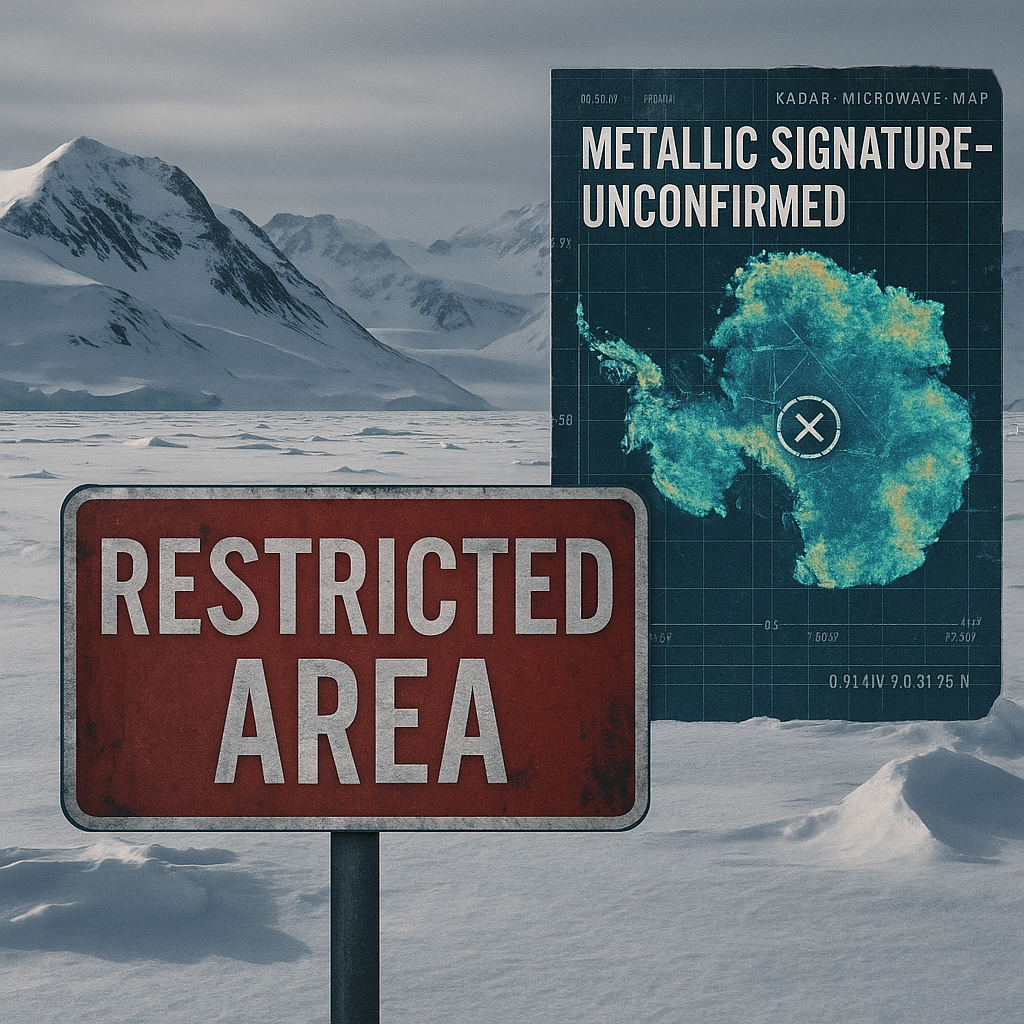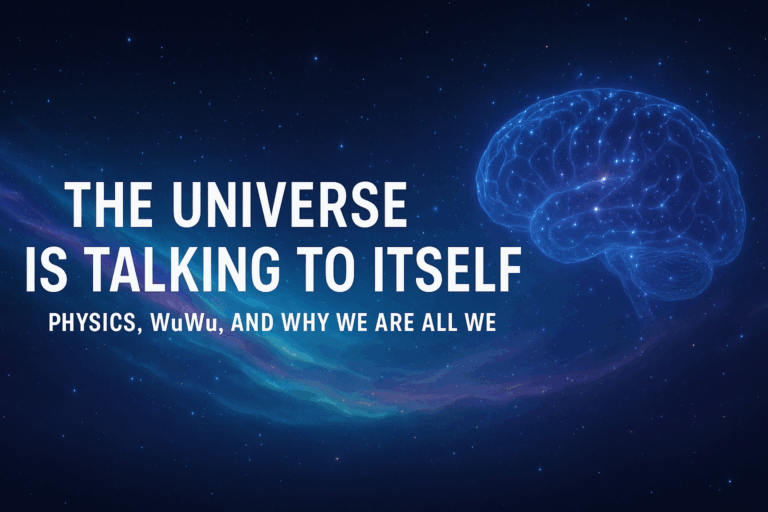
And why aren’t we allowed to ask what’s really going on down there?
Let’s keep this simple:
You can book a flight into a war zone.
You can hike through nuclear test sites.
You can bribe your way into forbidden jungles, ruins, even active volcanoes.
But you can’t freely explore Antarctica—a massive continent sitting right here on our own planet.
Why?
❄️ The “Official” Story
The public explanation goes like this:
- It’s a fragile environment.
- Scientific research must be protected.
- It’s dangerous—logistically extreme.
- To prevent mineral exploitation and geopolitical conflict.
Sure. Makes sense on paper.
But let’s not pretend you could get dropped in the middle of Greenland, survive a two-month trek in the Andes, and then suddenly be legally blocked from setting foot on 90% of an entire continent unless you’re with a government-sanctioned team.
You’re not even allowed to bring a shovel without clearance.
🔐 The Truth: Antarctica is Locked Down
Let’s break it down:
- You can’t own land there.
- You can’t mine, drill, or develop.
- You can’t even freely explore without oversight.
Antarctica is the most tightly restricted region on Earth, and everyone just… goes along with it?
That doesn’t smell like science.
That smells like containment.
📜 Enter: The Antarctic Treaty System
The Antarctic Treaty System (ATS) went into effect in 1961 and now includes 50+ nations. It’s one of the only times in world history when:
- Global powers agreed on something peacefully.
- No military allowed.
- No commercial development.
- No territorial claims enforced.
Why?
What secret is so massive it unites adversaries and keeps Antarctica untouchable for over 60 years?
🧠 The Cryo Vault Theory
What if Antarctica is more than frozen wilderness?
What if it’s Earth’s black box?
Think about it:
- The ice is up to 2.5 miles thick—the best preservation chamber on Earth.
- Antarctica has been a deep freeze for 34 million years.
- If ancient civilizations rose and fell—or if non-human visitors ever arrived—that’s exactly where their remnants would survive.
It’s not that we “can’t” find anything down there.
It’s that maybe we already did.
📚 Historical Anomalies That Don’t Sit Right
🧊 Operation Highjump (1946–47)
- Massive U.S. Navy expedition led by Admiral Byrd.
- Included 4,000 troops, aircraft, and warships.
- The mission was officially “training” and “mapping.”
- Unofficially? The operation ended abruptly, and Byrd later warned of “flying craft that can fly pole to pole at incredible speeds.”
🛰 Lake Vostok
- Subglacial lake sealed off from the surface for 15+ million years.
- Russian researchers drilled a borehole—but stopped publicly reporting what they found.
- NASA got involved. Why? “For contamination studies,” they said.
📡 Anomalous Radar Reflections
- 2016: NASA’s IceBridge project picked up strange, symmetrical radar echoes under the ice.
- Interpretation? Unknown. The official line: “Probably just a rock.”
- Neatly shaped, isolated metal “rocks,” apparently.
🧮 Sidebar: “Things That Don’t Add Up”
| Clue | Why It’s Weird |
|---|---|
| Global cooperation on lockdown | Countries barely agree on lunch—but they all agree to freeze Antarctica out |
| No private development | Every other inch of the planet gets mined, drilled, or sold—except this one |
| Zero deep archaeology | The continent has 34 million years of history—and we’re not interested? |
| Military bans | The most strategic landmass on Earth and no military bases? That’s not peace. That’s containment. |
🔭 What Happens If We Finally Dig Deep Enough?
Here’s the speculative drop:
A multination “research team” penetrates a 2-mile borehole beneath a radar anomaly near the South Pole.
They find:
- Polyhedral structures—not natural.
- A material that doesn’t match any known alloy.
- Evidence of thermal output, despite zero sunlight exposure.
- What appears to be stored data—mechanical, non-digital.
And then?
Communications go dark.
The ice field is marked “unstable.”
Civilian flight paths are redirected.
A new treaty clause is quietly added.
🧊 Final Thought
You can climb Everest.
You can dive into Chernobyl.
You can swim with sharks, parachute into a war zone, and take selfies at ancient battlefields.
But you can’t just go to Antarctica and look around.
Not because of penguins.
Not because of science.
But maybe… because someone left something there, knowing that one day—when we’re smart enough to find it, and mature enough to understand it—we will.
Until then?
Antarctica stays sealed.
And we keep pretending not to wonder why.
Wait—Why Is It So Impossible to Visit Antarctica?
And why aren’t we allowed to ask what’s really going on down there?
Let’s keep this simple:
You can book a flight into a war zone.
You can hike through nuclear test sites.
You can bribe your way into forbidden jungles, ruins, even active volcanoes.
But you can’t freely explore Antarctica—a massive continent sitting right here on our own planet.
Why?
❄️ The “Official” Story
The public explanation goes like this:
- It’s a fragile environment.
- Scientific research must be protected.
- It’s dangerous—logistically extreme.
- To prevent mineral exploitation and geopolitical conflict.
Sure. Makes sense on paper.
But let’s not pretend you could get dropped in the middle of Greenland, survive a two-month trek in the Andes, and then suddenly be legally blocked from setting foot on 90% of an entire continent unless you’re with a government-sanctioned team.
You’re not even allowed to bring a shovel without clearance.
🔐 The Truth: Antarctica is Locked Down
Let’s break it down:
- You can’t own land there.
- You can’t mine, drill, or develop.
- You can’t even freely explore without oversight.
Antarctica is the most tightly restricted region on Earth, and everyone just… goes along with it?
That doesn’t smell like science.
That smells like containment.
📜 Enter: The Antarctic Treaty System
The Antarctic Treaty System (ATS) went into effect in 1961 and now includes 50+ nations. It’s one of the only times in world history when:
- Global powers agreed on something peacefully.
- No military allowed.
- No commercial development.
- No territorial claims enforced.
Why?
What secret is so massive it unites adversaries and keeps Antarctica untouchable for over 60 years?
🧠 The Cryo Vault Theory
What if Antarctica is more than frozen wilderness?
What if it’s Earth’s black box?
Think about it:
- The ice is up to 2.5 miles thick—the best preservation chamber on Earth.
- Antarctica has been a deep freeze for 34 million years.
- If ancient civilizations rose and fell—or if non-human visitors ever arrived—that’s exactly where their remnants would survive.
It’s not that we “can’t” find anything down there.
It’s that maybe we already did.
📚 Historical Anomalies That Don’t Sit Right
🧊 Operation Highjump (1946–47)
- Massive U.S. Navy expedition led by Admiral Byrd.
- Included 4,000 troops, aircraft, and warships.
- The mission was officially “training” and “mapping.”
- Unofficially? The operation ended abruptly, and Byrd later warned of “flying craft that can fly pole to pole at incredible speeds.”
🛰 Lake Vostok
- Subglacial lake sealed off from the surface for 15+ million years.
- Russian researchers drilled a borehole—but stopped publicly reporting what they found.
- NASA got involved. Why? “For contamination studies,” they said.
📡 Anomalous Radar Reflections
- 2016: NASA’s IceBridge project picked up strange, symmetrical radar echoes under the ice.
- Interpretation? Unknown. The official line: “Probably just a rock.”
- Neatly shaped, isolated metal “rocks,” apparently.
🧮 Sidebar: “Things That Don’t Add Up”
| Clue | Why It’s Weird |
|---|---|
| Global cooperation on lockdown | Countries barely agree on lunch—but they all agree to freeze Antarctica out |
| No private development | Every other inch of the planet gets mined, drilled, or sold—except this one |
| Zero deep archaeology | The continent has 34 million years of history—and we’re not interested? |
| Military bans | The most strategic landmass on Earth and no military bases? That’s not peace. That’s containment. |
🔭 What Happens If We Finally Dig Deep Enough?
Here’s the speculative drop:
A multination “research team” penetrates a 2-mile borehole beneath a radar anomaly near the South Pole.
They find:
- Polyhedral structures—not natural.
- A material that doesn’t match any known alloy.
- Evidence of thermal output, despite zero sunlight exposure.
- What appears to be stored data—mechanical, non-digital.
And then?
Communications go dark.
The ice field is marked “unstable.”
Civilian flight paths are redirected.
A new treaty clause is quietly added.
🧊 Final Thought
You can climb Everest.
You can dive into Chernobyl.
You can swim with sharks, parachute into a war zone, and take selfies at ancient battlefields.
But you can’t just go to Antarctica and look around.
Not because of penguins.
Not because of science.
But maybe… because someone left something there, knowing that one day—when we’re smart enough to find it, and mature enough to understand it—we will.
Until then?
Antarctica stays sealed.
And we keep pretending not to wonder why.
Let’s talk about the world we could’ve had.
Imagine a version of Earth where the Library of Alexandria never burned, where scholars weren’t silenced by dogma, where books weren’t labeled heresy and torched by the thousands. A world where we didn’t kill the curious and elevate the unquestioning. A world where the gears kept turning.
We had working steam engines in the 1st century.
We had analog computers tracking the stars before Jesus was born.
We had public sanitation, surgical tools, cross-continental trade—and then?
We stopped.
Or rather, we were stopped.
By who?
By those who decided that questions were dangerous. That knowledge had limits. That divine authority must always outrank human discovery. That the stars were for prayer, not for plotting orbital paths.
So here’s my question for the faithful:
Was it worth it?
You love your religion. Fine.
You find meaning in it. Beautiful.
You believe in the eternal. That’s your right.
But I want you to defend the cost.
Defend:
- The centuries of lost progress
- The silencing of women and thinkers
- The medical knowledge buried with “witches”
- The burning of texts that could’ve launched us to the moon in the Middle Ages
- The philosophy, the mathematics, the scientific method—all frozen in amber for a thousand years while priests argued about angels on pins
Tell me how any of that was sacred.
Tell me what was so holy about setting humanity back a thousand years.
If your faith is about love, why did it hate knowledge?
If your god is truth, why suppress questions?
If your path leads to heaven, why burn the bridges that might’ve taken us there literally?
I’m not here to insult belief.
Believe all you want. Pray. Sing. Find your meaning.
But when you pitch me your religion like it’s the source of all good in the world—I’m going to ask:
Why did it work so hard to prevent all of this?
Why did it fear the telescope, the microscope, the printing press?
Why did it drown thinkers, burn libraries, and demand obedience over understanding?
You want to talk about miracles?
How about electricity, antibiotics, and clean water?
How about landing a machine on Mars?
How about sequencing DNA and splitting atoms?
That’s divine. That’s sacred. That’s the work of curious humans—not of halted hands shackled by fear of offending the sky.
So next time you tell me religion made the world better,
you’d better come prepared to explain what we lost in the process.
Because I’m not buying blind faith if it came at the cost of our future.
And frankly?
We could’ve been to Alpha Centauri by now.


